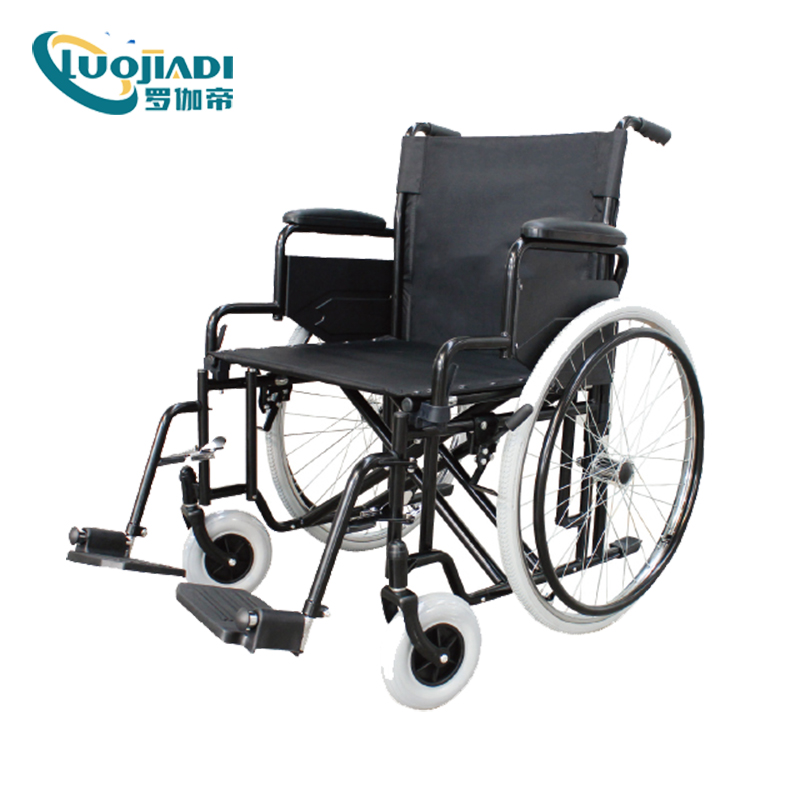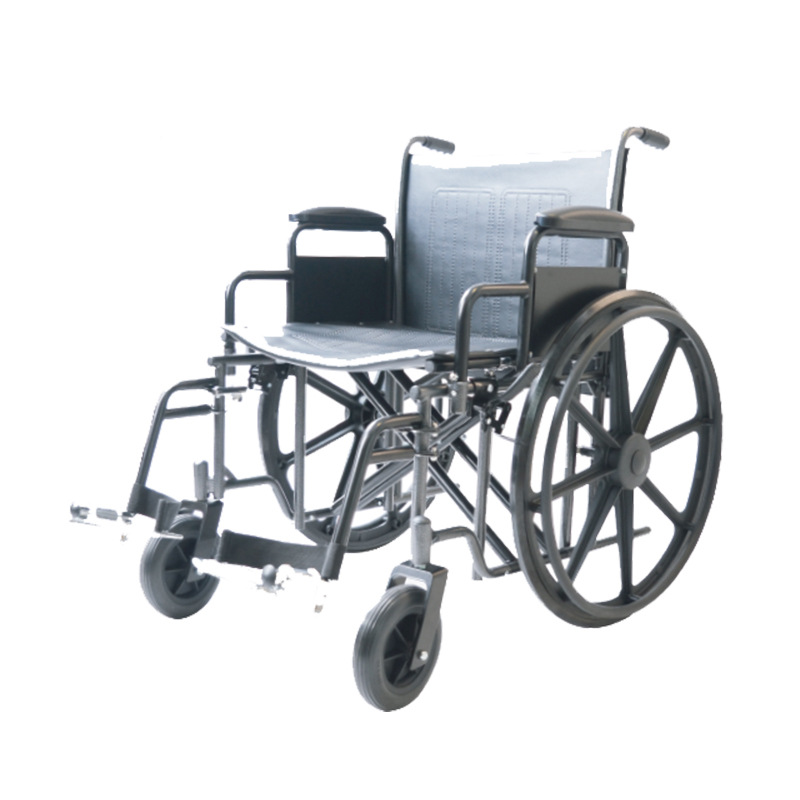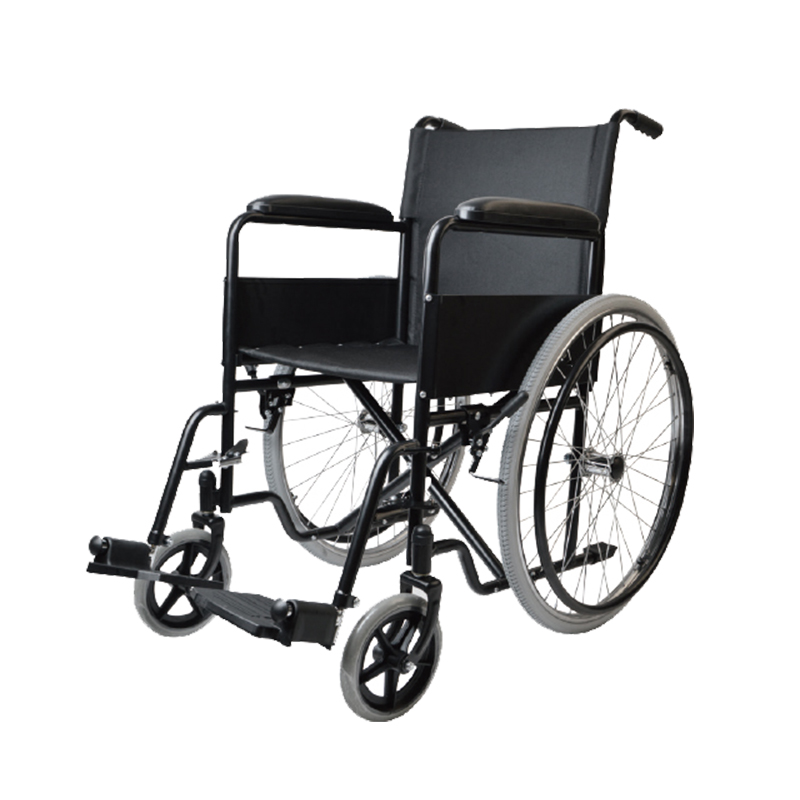China's medical informatization has actually been implemented very early, and many hospitals now use LIS (Laboratory Information System), PACS (Imaging System), EMR (Electronic Medical Record System), and An information system such as HIS (Hospital Information System). However, these systems are basically designed according to the hierarchical network architecture, which will bring certain thresholds for information sharing between departments and departments, departments and hospitals, and even between hospitals and hospitals. Now, with the continuous integration of new technologies such as mobile internet, cloud computing, big data, Internet of Things and wireless sensors, the hospital's future informationization process will surely undergo earth-shaking changes.
In the past two years, “ mobile medical care †has become the focus of countless entrepreneurs and investors, and they are flocking to this new field. Liang Siwei is a member of this entrepreneurial wave. After graduating from Tongji Medical University, he obtained a master's degree in computer science in Germany and then worked at Mindray for many years. In 2013, he and his co-founder Zheng Dongdong gathered a group of doctors and engineers to establish Shenzhen Hezhong Wanbang Technology Co., Ltd., dedicated to the development and marketing of the next generation of medical devices.
“The core of our company lies in the integration of the system. The future strategic development is mainly focused on system-level R&D. For non-core technologies, we will adopt the technology crowdfunding model and cooperate with individuals or enterprises to develop.†Liang Siwei introduced this The characteristics of the public. They have now completed the prototype development of a cloud-based medical three-recorder system. He also said that the concept of medical three-recorder actually comes from "Interstellar Crossing", the core concept is a non-invasive, non-invasive rapid diagnostic portable device.
The Medical Recorder is a tablet for computing and communication purposes, as well as integrated discrete inspection modules. What has been achieved now is a life information module and a B-ultrasonic module.
Liang Siwei thinks that every doctor should have a medical three-recorder, because the device is equivalent to a basic tool, which can be seen as the extension and evolution of the stethoscope. At the heart of the medical recorder is a tablet that receives information from the life information module and the ultrasound module. The physiological data collected by the vital information module and the ultrasound module are obtained by professional medical personnel using a professional sensing module. The collected physiological data is transmitted back to the tablet via wireless communication, and then automatically recorded or uploaded to the cloud to form a complete electronic medical record, completely without the need for additional medical personnel. This will ensure the accuracy and authenticity of the data, as well as help reduce the work of medical staff.
When it comes to the difference between the medical three-recorder and the ordinary three-proof tablet, Liang Siwei said that there are three main points: First, the medical three-recorder is designed according to the IEC60601-1-1 standard, and has higher electrical. Safety; Secondly, EMC is designed according to the IEC60601-1-2 standard; and the external material of the three-recorder must be biocompatible and non-cytotoxic, and the entire casing can be sterilized.
The Vitaconi 3 multi-parameter life information detection module currently supports the detection and collection of life parameters such as ECG, blood pressure, blood oxygen and body temperature. The module enables dual-channel three-lead ECG detection, single-channel body temperature detection, gold standard non-invasive blood pressure, and gold standard non-invasive blood oxygen detection. "The so-called 'gold standard' refers to the most reliable, accurate and best diagnostic method for the diagnosis of diseases in the current clinical medical community." Zheng Dongdong explained to us.
The probes of the current life information module use the probes of the conventional medical testing equipment, but are integrated and miniaturized on the subsequent processing circuits. However, Luo Cheng, the chief technology officer of Hezhong Wanbang, believes that more integrated and miniaturized probes will be developed in the future, and some processing circuits may be integrated into the cable.
It is an important mobile tool for the home rehabilitation of the wounded, sick, and disabled, turnover transportation, medical treatment, and outing activities. The Wheelchair not only meets the mobility of the physically disabled and the disabled, but more importantly, it is convenient for the family to move and take care of the sick. Allow patients to use wheelchairs to exercise and participate in social activities.



manual wheelchair,hospital use,homecare product,surgucal equipment
Shanghai Rocatti Biotechnology Co.,Ltd , https://www.ljdmedical.com